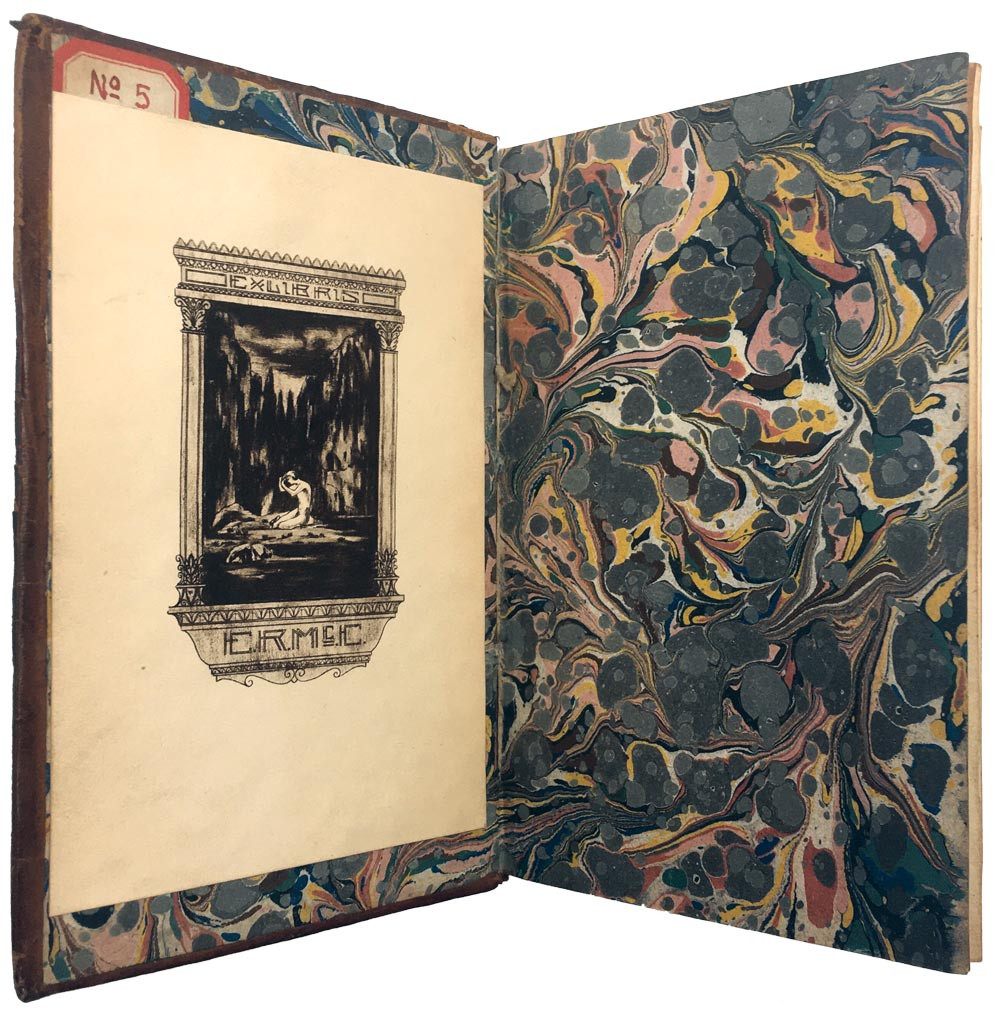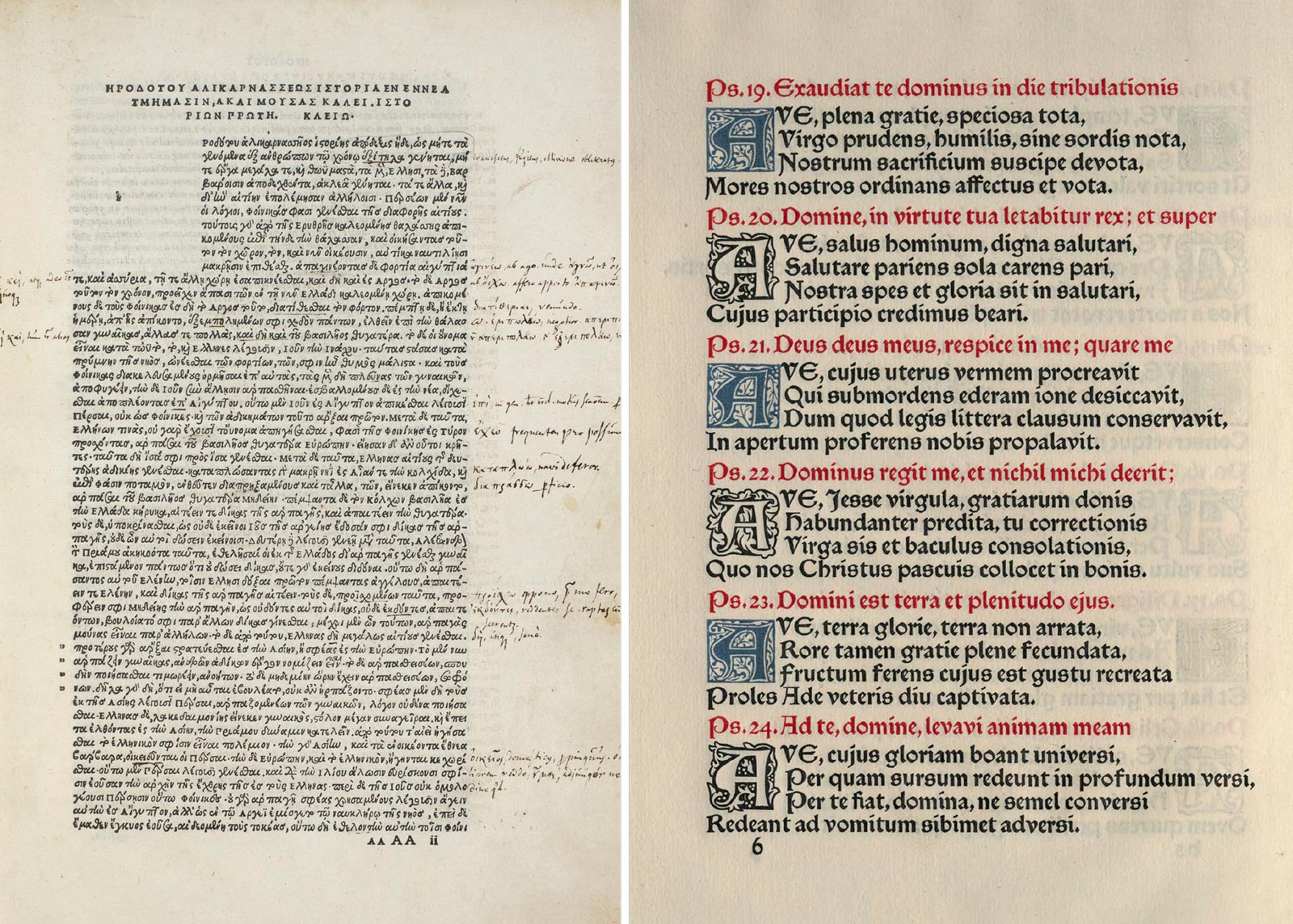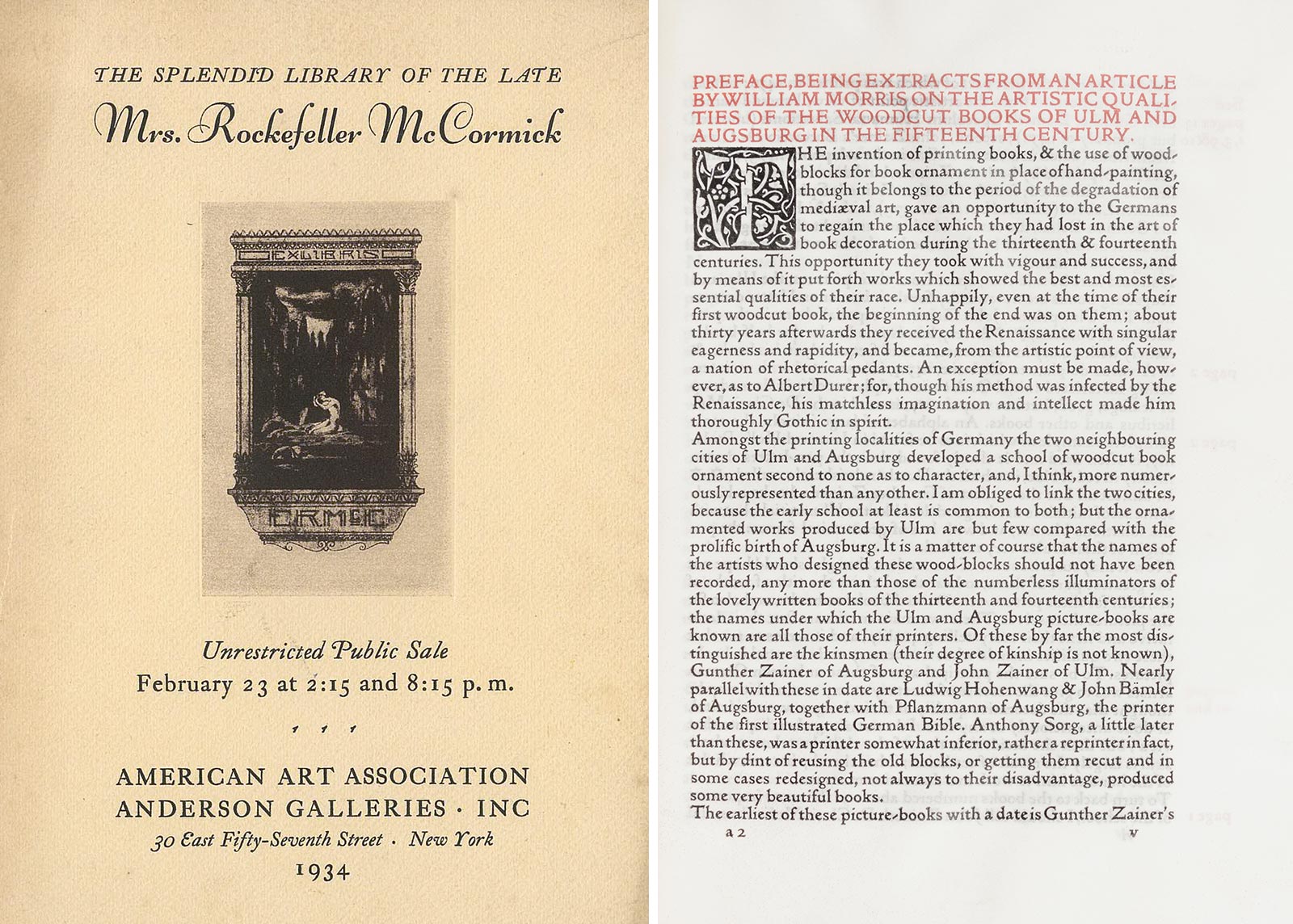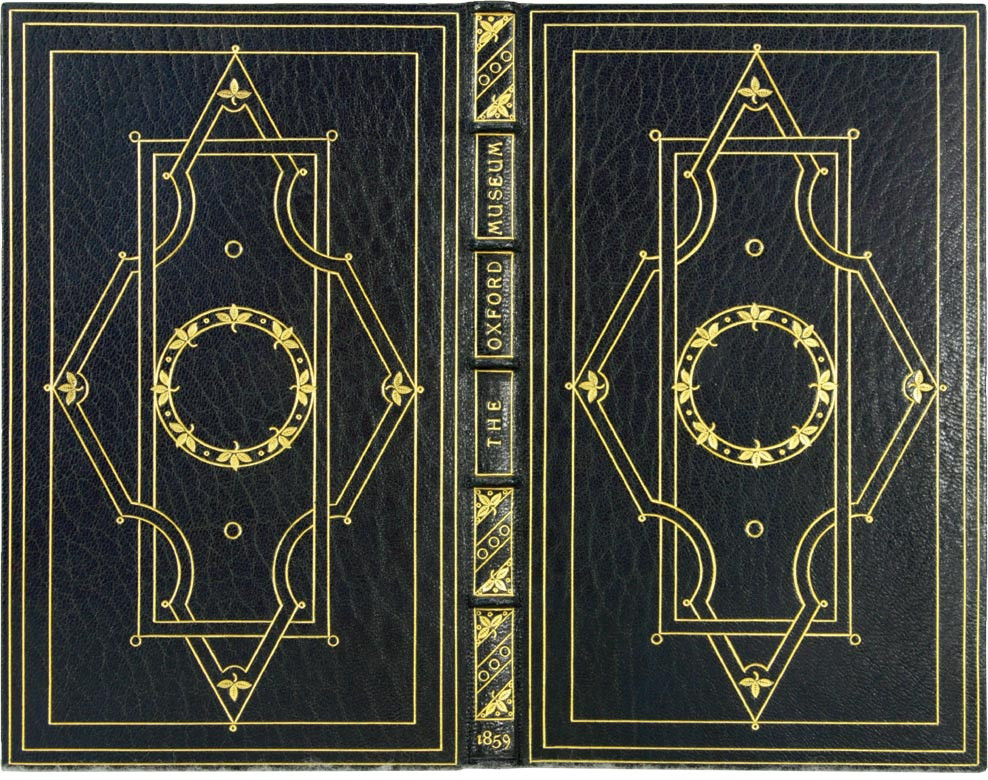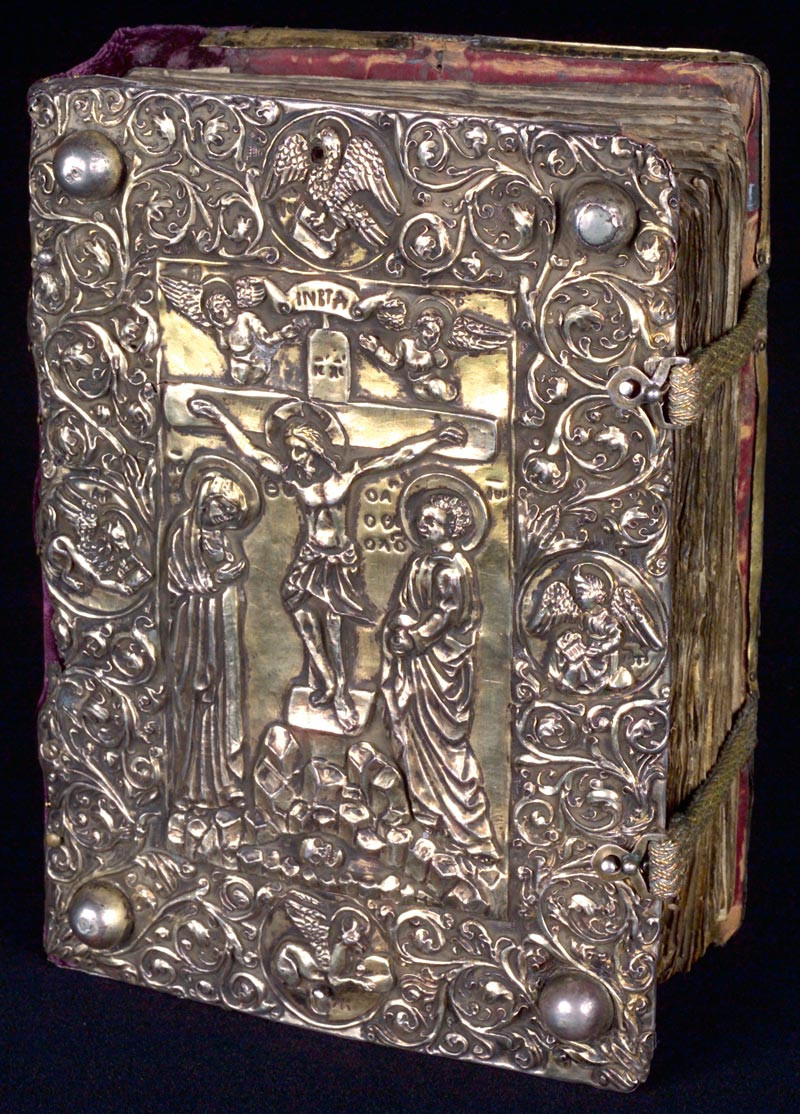A daughter of oil tycoon John D. Rockefeller, Edith was one of the nation’s richest women at the time of her wedding to International Harvester heir Harold F. McCormick. The power couple put their fortunes to work, supporting opera, establishing a zoo and a hospital, and purchasing tremendous collections of antiques that included a silver dinner service of 1,600 pieces that Napoleon had given his sister as a wedding gift; Peter the Great’s Persian carpet; an assortment of fine laces to rival the Vatican’s; rare Gothic tapestries; and some of the Russian crown jewels. The McCormicks were assembling a collection not just for their own pleasure but eventually intended as a museum for the people of Chicago.
But wealth did not protect them from tragedy. Two of their five children died young, sending both Edith and Harold off to seek refuge in Carl Jung’s practice in Switzerland. For Edith, the stay would last eight years. She became not only Jung’s leading patroness but also an analyst herself. When she finally returned to the states, Harold had fallen for a mediocre opera singer (think Citizen Kane), and a divorce was unavoidable. The fallout from the break up, combined with the 1929 stock market crash, devastated Edith financially. She died of cancer in 1932, aged fifty-nine, and her precious collections were sent to auction.
Edith’s pride in her collections was evident; each successful acquisition was a triumph. But her most prized possession was surely her 15,000-volume library—books gave her sustenance, expanded her thinking, and formed her worldview. Prone to agoraphobia, Edith was happiest in her own head and her own home. She was quoted as saying that reading was more important to her than eating.






